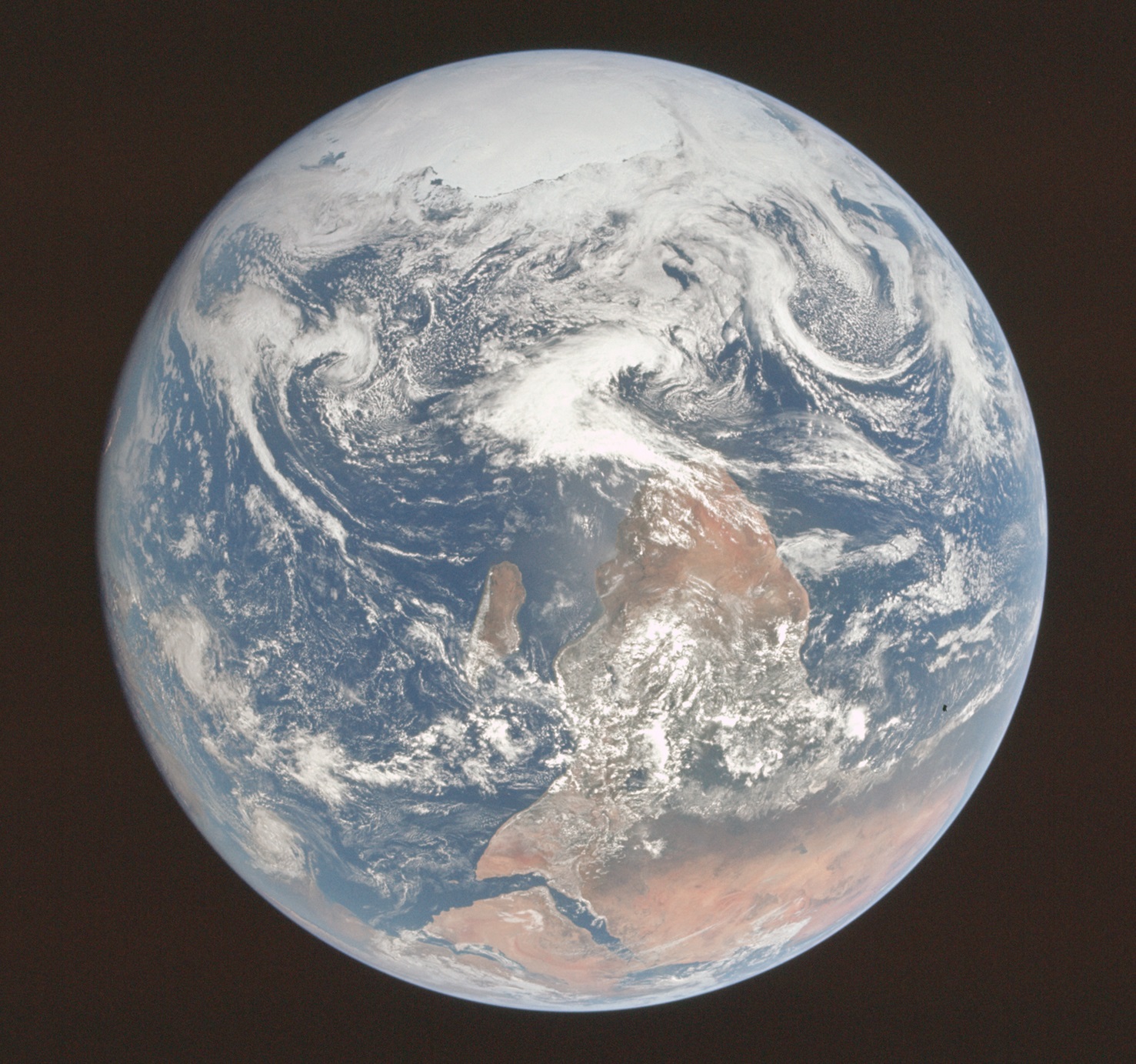A signal feature of the Creation Theology Society (CTS) is highly valuing interdisciplinary collaboration in creation research. This is immensely beneficial in both directions: the scientific, grammatical, and hermeneutical breakthroughs that can occur by proceeding from an accurate understanding of the biblical text; and the results which can obtain by applying scientific, linguistic, and mathematical methodology to the text—as the following testimony proves.
I’ve been involved in several interdisciplinary creation research projects and have seen firsthand the excellent results which can come from such undertakings. First, the RATE project (Radioisotopes and the Age of the Earth), which was very successful in looking at the problem of radioisotopic dating from a number of different perspectives: geology, geophysics, and physics and then my work on the genre of Genesis 1:1 through 2:3 using statistical methodology. (Employing such atypical techniques to the text has been the hallmark of my approach, beginning with my dissertation). In this case, instead of being satisfied with the usual qualitative approach to distinguishing genre from genre, I worked with two statisticians to develop a quantitative model (a logistic regression model) for predicting genre. The best model was based on the relative frequency of wayyiqtol (which traces the flow of the events in a narrative). At a statistical confidence level of 99.5% the model predicts that the probability that Genesis 1:1–2:3 is prose, not poetry, is between .999942 and .999987.

Second, was the FAST project (Flood Activated Sedimentation and Tectonics), which led to the third such effort, the Cataclysm Chronology Research Group, an ongoing collaboration between a team of Hebraists and a geologist, Dr. Andrew Snelling, in which a close reading of the text in terms of the real world implications of what it is saying show that there is temporal discontinuity in the text at points. This then led to challenging the long-standing understanding of the dominant Hebrew narrative form and developing a semantic methodology for ascertaining sequence based on ‘temporal reasoning’, which will be applied to the 261 verbs in the Flood account. In addition, set theory and the concepts of general functions can be applied to the mapping of the recounting of Divine pronouncements and commands in the Flood account to their later reports of actualizations and compliance, respectively, by considering each verb as a point with multiple coordinates representing essential characteristics.
The fourth example is the documentary Is Genesis History?, which exemplifies a presentation to the public of the evidence from a range of disciplines for the historicity of Genesis 1-11.
And finally, in the fall of 2019 at the inaugural Bulwarks and Frontiers Conference scientists and scholars from diverse specialties had an opportunity to listen to, learn from, and query one another as they each presented their assessment of the status of creation research in their particular discipline.
The birth of CTS promises such interdisciplinary collaboration on a grand scale between rigorous study in the Hebrew text and the hard sciences and consequent amazing results. Come join us and experience the thrill of discovering how God’s Word and world interface!
